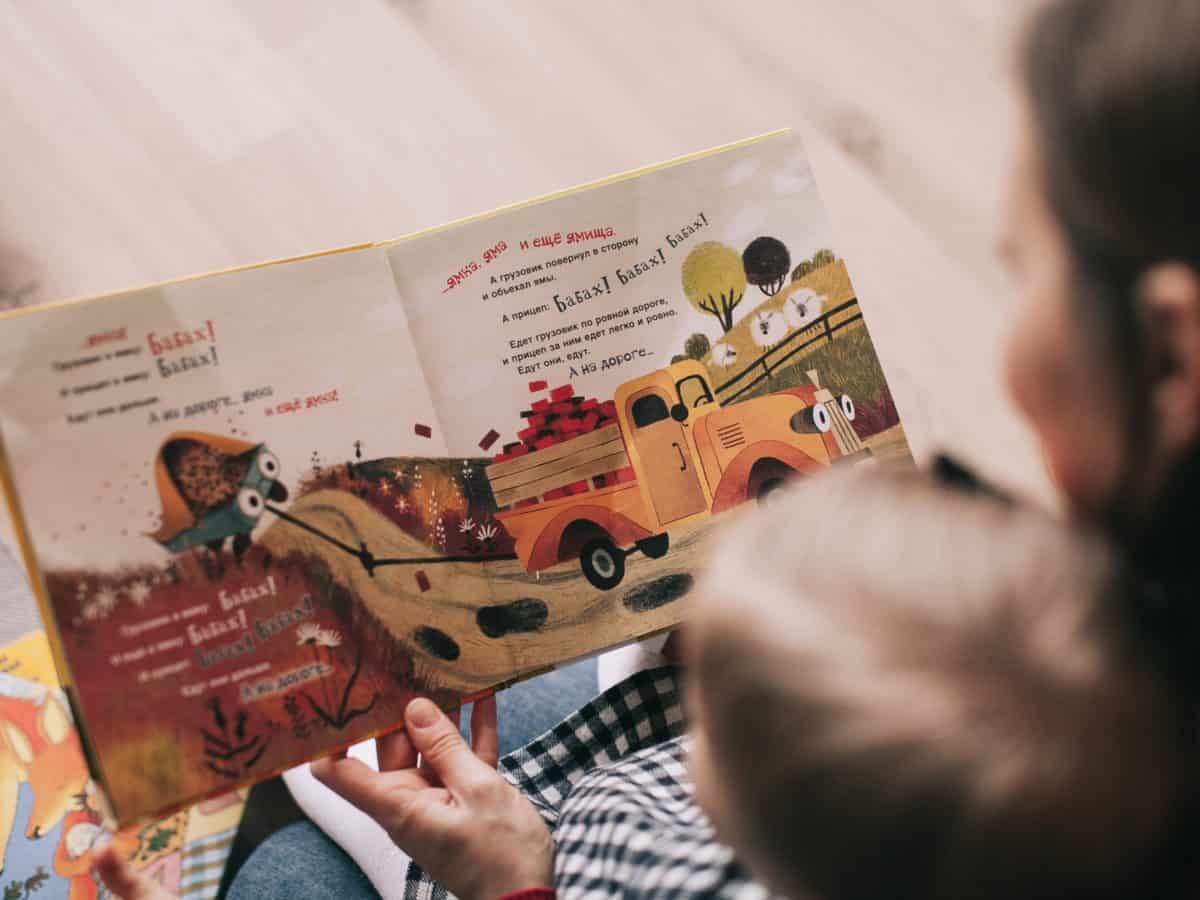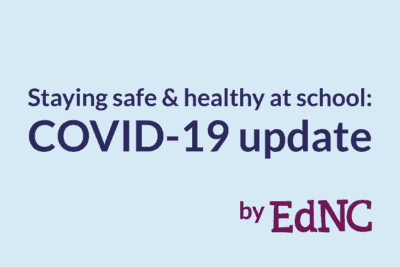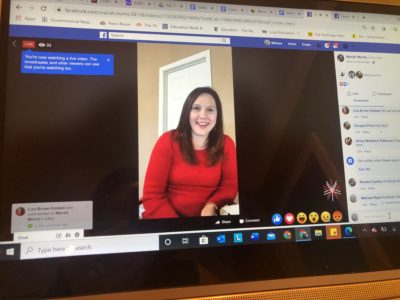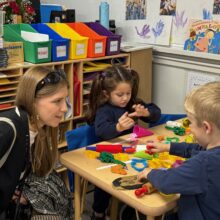
As child care facilities struggle to decide whether to close during the coronavirus pandemic, many parents might face a lot more time at home with their children. Here’s what you need to know about what child care centers face — and, if they close, the best ways to keep young children engaged and learning at home.
Unlike K-12 schools, child care centers have not been told to close by the state, so they’re deciding on their own. The state Department of Health and Human Services (DHHS) released a fact sheet Monday guiding child care facilities on how to stop the spread of the novel coronavirus (COVID-19) if they stay open. The Centers for Disease Control and Prevention (CDC) provides advice on how centers should decide whether to close.
DHHS also has released tips on how to stay healthy for individuals and families.
Marsha Basloe, president of Child Care Services Association (CCSA), said she has been working with the state to keep select facilities open for children of people who can’t work from home — doctors, nurses, hospital staff, first responders, food service workers, child care workers and others.
Basloe said each center is considering risk factors and making tough decisions as care providers — and also as small businesses. The National Association for the Care of Young Children said Monday in a statement that many small providers will struggle to survive if they close, urging states to give them “emergency support.”
“The programs that believe they can stay open are doing so,” Basloe wrote in an email. “Those that cannot are closing. It is their choice, and we are trying to help them in whatever choice they make! There is no right or wrong answer.”
For Triangle-based child care centers, you can call the CCSA referral line to find out which ones are open. EdNC will update this piece with any statewide resources.
If your child’s center does close, early childhood experts recommend that you maintain a routine, welcome play, limit screen time, and use simple activities to create learning opportunities.
Make a schedule. Maintain structure.
Beverly Williams and Swanda Warren — two CCSA technical assistant managers — said mirroring a daily routine off of your child’s regular day at a center or preschool can provide a sense of normalcy.
“So there is times of playing, times of eating, times of relaxation, going outside,” Williams said.
Warren said this will also help children when they do return to regular settings. “We want them to stick to the schedule as close as possible so when children are back into their rhythm they’re accustomed to, they will not be thrown off of the pattern,” she said.
Nap times are a specific part of the day that should stay normal, said Michelle Hughes, NC Child executive director. Hughes said writing down a schedule, even if you don’t stick to it exactly, can help not only children but parents who are working from home.
Look for times of the day when you need to concentrate or join a virtual meeting, Hughes said, and come up with activities that can keep young children occupied then — such as a Lego challenge, or some screen time.
Then, structure more engaging activities around that time, Hughes said. Go outside, explore nature, read a book with your child. It’s all about balancing different activities and creating a routine, she said.
“If you’re doing more or less the same thing every day, it provides a sense of routine for your child, which is also very good for them feeling safe and reassured,” she said.
Limit screen time. Focus on play.
Though there are tons of online learning opportunities, Hughes said, you should limit screen time for young children and — as much as possible — focus on engagement and interaction.
“I think parents want to make sure that that’s not the only resource that they’re using because really it’s that one-on-one interaction with small children that helps them learn and feel safe and grow,” Hughes said.
The American Academy for Pediatrics recommends only one hour a day of “high-quality programming” for preschool-age children (2-5), and less for younger toddlers and infants.
For that high-quality programming, check out these educational online resources from Book Harvest, virtual museum tour options, advice on choosing meaningful media content from Zero to Three, and this list of resources under “Parents and Teachers” from the National Institute for Early Education Research.
Get creative with whatever resources you have at home, Warren said. Build forts. Create simple obstacle courses for physical activity. Go outside and then draw or write about what you saw. Use cooking as a math lesson. And remember to step back and allow children to lead their own play.
“Sometimes, as adults, we like to take over activity, but if we allow them to think and pause, we can see their creativity,” Warren said.
Take care of yourself. Be honest.
During this unprecedented and uncertain time, Hughes says, parents should not be harsh on themselves and their parenting. Whenever possible, taking a step back, going on a walk alone, or calling a friend can help reduce stress, she said.
“Instead of feeling guilty about that, parents should really feel like they are doing what they need to do to be a good parent,” she said.
Hughes also said being open and honest about this strange time, even with young children, is better than avoidance.
“You don’t want to ignore the situation and pretend that it’s not happening,” she said. But you want to have conversations in a developmentally appropriate way. That means letting children lead the conversation, she said, and providing information that answers their questions.
“Give them as much information as they need to feel safe and to feel reassured,” Hughes said.
Hughes recommends emphasizing that, by staying home, children are helping others. She said to communicate that “what they’re doing in staying home is really important for their family and for their teachers and for their neighbors, so that they can see themselves having a role in keeping their community safe and healthy.”
For more information about how to talk to young children about the current state of the world, NPR made a comic, the National Association of School Psychologists provides comprehensive advice, this quick CDC video gives guidance, and the NC Early Childhood Foundation aggregates even more resources.
Recommended reading



